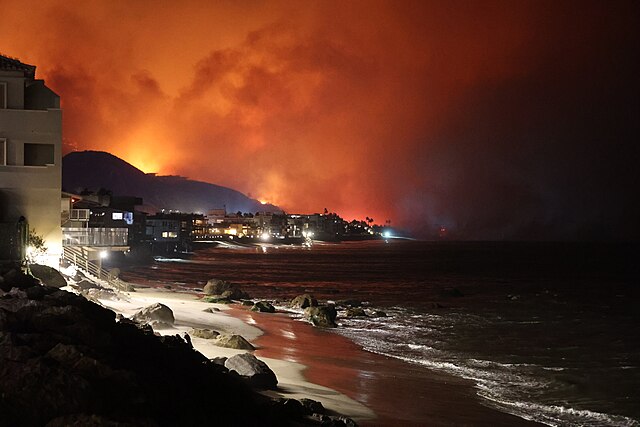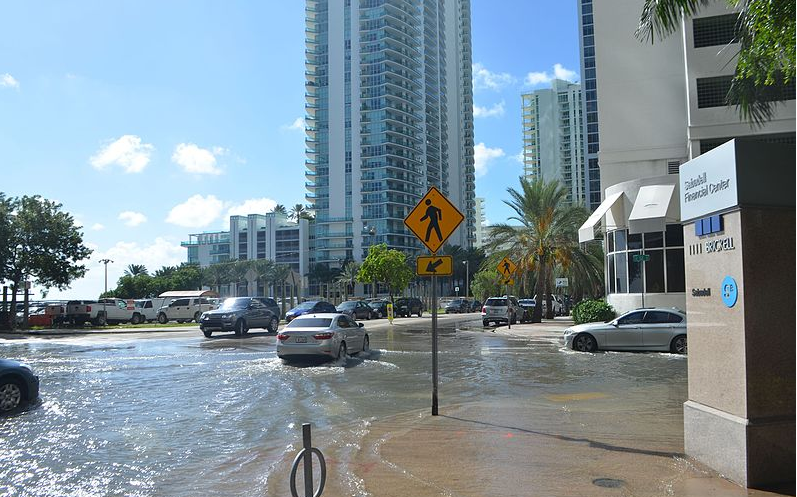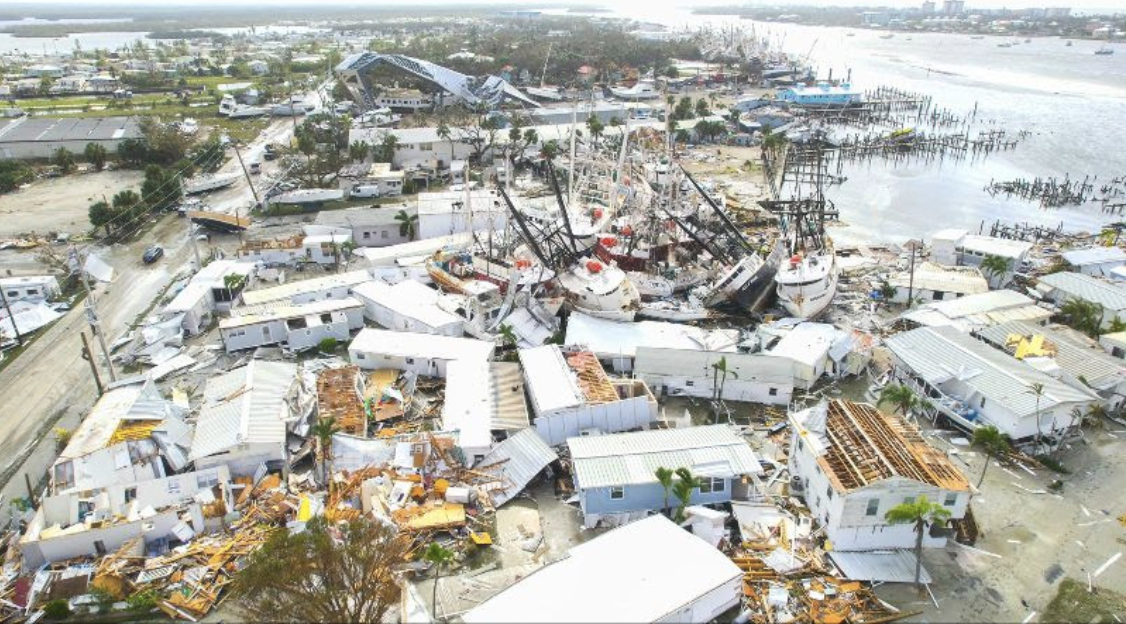The more than 30,000 acres affected by wildfires in California have already been classified as catastrophic, with at least 24 dead and 16 people missing, according to figures shared Sunday night (local time) by California Governor Gavin Newsom.
While the threat continues due to climatic conditions and some hotspots remain uncontrolled, economic damages are estimated to exceed $250 billion, according to Monday’s report from AccuWeather.
These costs could represent enormous losses for the insurance industry. According to a J.P. Morgan Chase report released Thursday, the impact could reach $20 billion.
J.P. Morgan insurance analysts assessed the exposure of residential and commercial property insurance lines in light of the wildfires that have devastated communities in the Los Angeles area, including Pacific Palisades and Altadena.
“Expectations of economic losses from the fires have more than doubled since yesterday, approaching $50 billion, and we estimate that insured losses from the event could exceed $20 billion (or even more if the fires remain uncontrolled),” wrote J.P. Morgan analysts, as reported by Fox News.
Furthermore, the report clarifies that these figures, which will continue to be updated, make these fires the “most severe” event in terms of insured losses in California’s history.
Challenges for the Insurance Industry
Analysts say this catastrophe has exposed the problems facing the insurance industry in the West Coast state of the U.S.
In this regard, Gavin Jackson, finance and economics correspondent for The Economist, commented on The Intelligence podcast that California’s insurance market is flawed.
The expert noted that many insurance companies have stopped selling policies entirely in the state. For instance, Jackson mentioned that in March, State Farm, one of the largest insurers in the U.S., canceled 30,000 homeowner insurance policies in California due to the risk of wildfire losses.
Additionally, experts argue that California regulations prevent companies from implementing the high premium prices that insurers believe align with the risk of living in areas prone to climate-related events.
However, California insurers are “acting as financial first responders to help their affected clients,” according to the Insurance Information Institute.
The institute states this includes providing immediate assistance through additional living expense coverage for displaced policyholders, with property and vehicle losses covered up to policy limits.
The institute also highlights that California regulations require property insurers to immediately pay policyholders at least one-third of the estimated value of their personal belongings and a minimum of four months’ rent in the area they reside.
Nevertheless, affected individuals can also seek other forms of state assistance, such as tax relief.
What Is Disaster Tax Relief?
Certified Public Accountants suggest basic tax strategies to help disaster victims recover, such as proposing tax relief for catastrophes.
Disaster tax relief encompasses various provisions designed to assist taxpayers affected by federally declared disasters. Recent examples include the 2025 Los Angeles wildfires, Hurricanes Helene and Milton in 2024, last year’s New Mexico floods, among others.
While tax relief measures may vary depending on the nature and location of the disaster, a detailed evaluation of each disaster is always necessary.
However, typical provisions often include deadline extensions, casualty loss deductions, penalty waivers, or tax-free aid.




